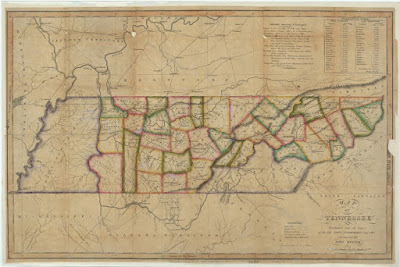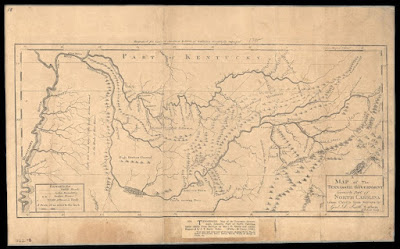During Black History Month, Meharry Medical College, one of the nation’s oldest and largest Historically Black Colleges and Universities dedicated to educating physicians, dentists, researchers and health policy experts, will display artifacts from its rich and storied history at the Tennessee State Library & Archives.
“Meharry Medical College is an outstanding medical training facility, whose graduates are making a positive impact on public health in Middle Tennessee and across the country,” said Secretary of State Tre Hargett. “We are honored to host Meharry’s Black History Month exhibit at the Library & Archives.”
Founded in 1876 as the Meharry Medical Department of Central Tennessee College and independently chartered in 1915, Meharry was the first medical school in the South for African Americans. Today, Meharry offers advanced degrees in medicine, dentistry, public health and biomedical data sciences. It is also home to the Center for Health Policy at Meharry. Meharry is a premier medical research facility and has been rated as one of the nation’s top producers of primary care physicians and Ph.Ds. in biomedical sciences.
“The evolution and history of Meharry Medical College is phenomenal to read; however, its compelling story is best documented in the remarkable collection of photographs that memorialize the spirit of Meharry,” said Sandra Parham, Meharry Medical College Library & Archives Executive Director. “Our goal is to expose students outside of Meharry to its rich history and sustained future, recognizing that almost 150 years later, Meharry continues devotion to its motto: Dedicated to the worship of God through service to man.”
To preserve Tennessee's history for current and future generations, The Tennessee State Library & Archives, a division of the Department of State, collects and protects books, records and other documents of historical and reference value, focusing on items about Tennessee and Tennesseans.
The Library & Archives is home to many irreplaceable historical documents, including Tennessee's three constitutions, letters from Tennessee's three presidents, Civil War diaries, records from 55 former Tennessee governors, more than a million photographs, 5,000 maps, the state's largest collection of microfilm negatives, a comprehensive collection of Tennessee newspapers dating back to 1791 and original records of the State of Franklin.
“We were excited to work with Meharry Medical College to curate this exhibit and are looking forward to sharing it with new visitors to the Library & Archives and our returning patrons,” said Chuck Sherrill, Tennessee State Librarian and Archivist.
The Library & Archives interactive exhibit lobby, featuring displays highlighting the state's most precious historical documents, is open to the public Monday through Saturday, from 8 a.m. to 4:30 p.m. CT. The library, microfilm and manuscripts reading rooms are open for research Tuesday through Saturday, from 8 a.m. to 4:30 p.m. CT.
The Library & Archives is located at 1001 Rep. John Lewis Way North on the northeast corner of Bicentennial Capitol Mall State Park, across from the Tennessee State Museum. Parking is available for guests in the Library & Archives garage on Jackson Street/Junior Gilliam Way.
As part of a city-wide exhibition, Meharry Medical College is also hosting Black History Month exhibits at Fisk University’s John Hope and Aurelia E. Franklin Library, Belmont University’s Lila D. Bunch Library and the Nashville Public Library’s Main Branch downtown.
The Tennessee State Library & Archives is a division of the Office of Tennessee Secretary of State Tre Hargett













